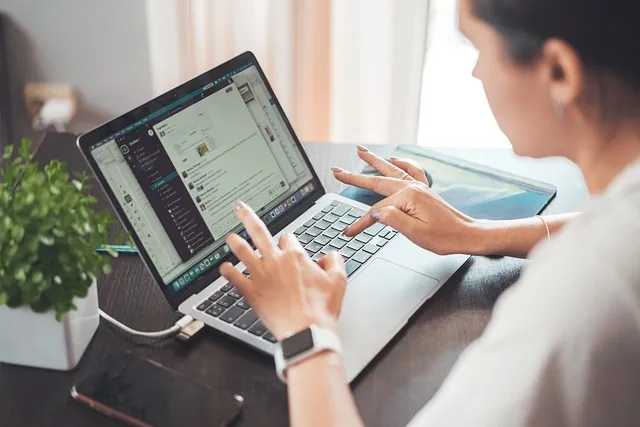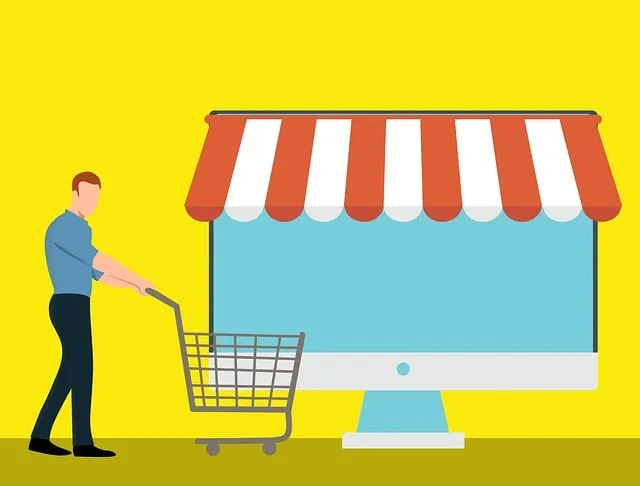In the digital fashion world, designers and influencers face a dilemma balancing online shopping convenience with protecting creative discretion from hackers. They turn to anonymous web browsing tools like VPNs and encrypted platforms to mask IP addresses, safeguard personal data, and maintain inspiration sources without public scrutiny, ensuring their intellectual property rights remain secure. Best practices include two-factor authentication, strong passwords, and avoiding public Wi-Fi for enhanced digital protection against hackers' communities.
In today’s digital age, fashion designers and influencers must navigate a delicate balance between their public image and private shopping experiences. “Discreet Online Shopping for Fashion Designers and Influencers” explores the growing need for anonymity in e-commerce, particularly among industry professionals. We delve into the risks associated with online transactions, highlighting the significance of anonymous web browsing as a tool to thwart hackers’ communities. This article offers practical insights on secure shopping practices and privacy protection strategies tailored specifically for fashion’s elite.
- Understanding the Need for Discretion in Online Shopping
- The Role of Anonymous Web Browsing
- Tools and Techniques for Secure Online Transactions
- Best Practices for Fashion Designers and Influencers to Protect Their Privacy
Understanding the Need for Discretion in Online Shopping

In the digital age, fashion designers and influencers often face unique challenges when it comes to their online shopping habits. With their creative minds and significant online presence, maintaining a sense of discretion becomes paramount. The traditional retail experience offers privacy, but e-commerce platforms expose personal preferences and purchasing behaviors, which can be a double-edged sword for these industry professionals.
Anonymous web browsing is not just a concept for hackers’ communities; it’s a crucial tool for maintaining confidentiality. By adopting discreet online shopping practices, fashion designers and influencers can safeguard their creative processes from prying eyes. This approach ensures that their unique tastes and sources of inspiration remain untouched, fostering an environment where they can freely explore trends without the pressure of public scrutiny.
The Role of Anonymous Web Browsing

In the realm of online shopping, especially for fashion designers and influencers who handle sensitive design ideas and personal styles, anonymous web browsing plays a pivotal role. This discreet method allows users to explore and purchase products without revealing their digital footprint. By employing tools that mask IP addresses and provide secure connections, individuals can navigate e-commerce platforms with enhanced privacy, shielding their online activities from prying eyes, including those of hackers’ communities who might exploit personal data for malicious purposes.
Anonymous Web Browsing for Hackers’ Communities poses a dual challenge and opportunity. On one hand, it offers a layer of protection against identity theft and unauthorized access to creative resources. On the other, it necessitates vigilance, as dedicated hackers continually adapt their techniques to bypass these anonymizing measures. For fashion professionals, staying informed about emerging security protocols is crucial to safeguarding not just their personal information but also the intellectual property inherent in their unique design choices.
Tools and Techniques for Secure Online Transactions

In the realm of discreet online shopping, fashion designers and influencers often seek secure transactions to protect their sensitive information from hackers’ communities lurking in the anonymous web browsing spaces. One powerful tool for achieving this is utilizing encrypted platforms that mask IP addresses, making it difficult for malicious actors to track purchases or extract personal data. VPNs (Virtual Private Networks) are a popular choice, offering an extra layer of privacy by rerouting internet traffic through secure servers, ensuring anonymous and safe browsing.
Additionally, employing secure payment gateways with end-to-end encryption ensures that financial information remains confidential. Many e-commerce platforms now offer tokenization, where card details are replaced by unique tokens, further safeguarding against fraud. Designers and influencers can also benefit from digital wallets or cryptocurrency transactions, providing an additional level of discretion while conducting business online without leaving a trace in traditional payment systems.
Best Practices for Fashion Designers and Influencers to Protect Their Privacy

Fashion designers and influencers who engage in discreet online shopping must prioritize their privacy to protect sensitive information from falling into the wrong hands, especially in hackers’ communities. One effective strategy is to utilize anonymous web browsing tools and networks that mask IP addresses and encrypt data transmission. This makes it much harder for trackers and malicious actors to identify and target individuals.
Additionally, they should enable two-factor authentication on all accounts, use strong, unique passwords, and regularly update them. Avoiding public Wi-Fi when accessing sensitive information and limiting the sharing of personal details online are also best practices. Additionally, keeping software and security systems up to date can provide an extra layer of defense against potential cyber threats.
In an era where online shopping is integral to fashion designers and influencers, maintaining discretion is paramount. By leveraging tools that facilitate anonymous web browsing, these professionals can protect their personal information from hackers’ communities. Implementing secure transaction methods and adopting best practices ensures a private and safe digital environment. Staying informed about online security measures allows them to navigate the digital landscape with confidence, safeguarding both their professional and personal brand images.
